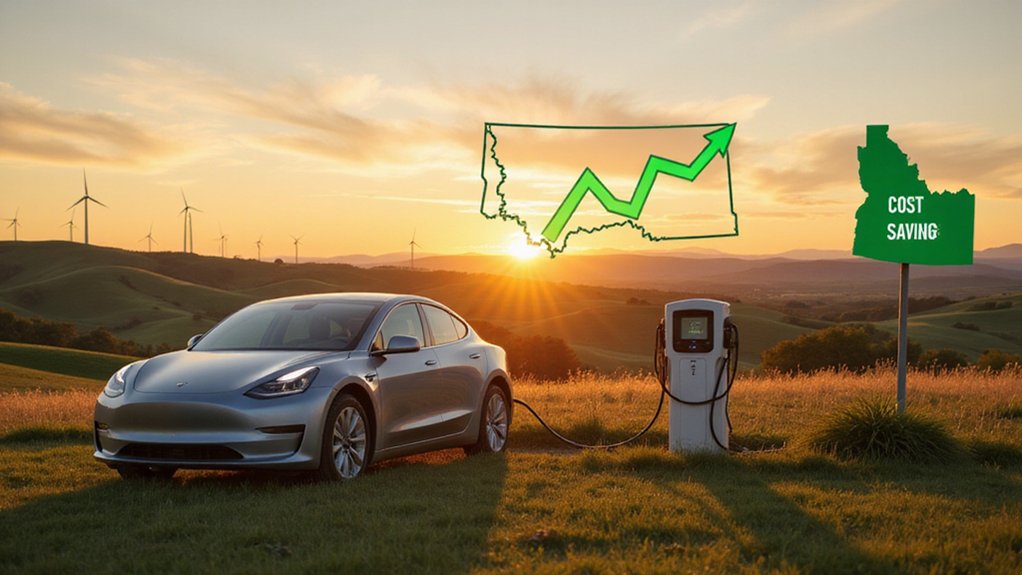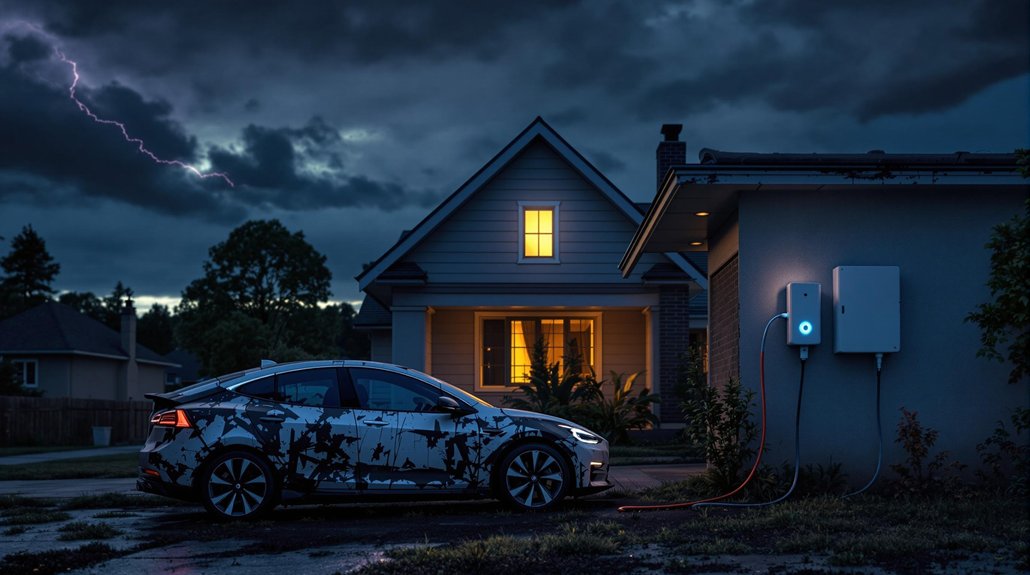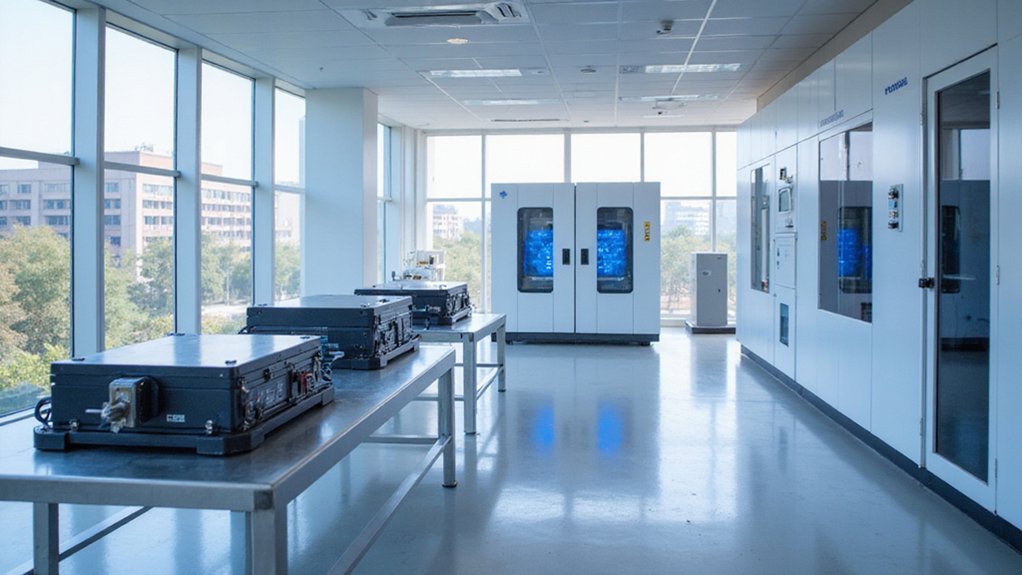Electric vehicles slashing wallet pain? You bet. Idaho and West Virginia drivers rack up annual savings of $2,200 and $1,800 respectively. That’s 7.4 cents per mile compared to gas guzzlers. Maintenance costs get cut in half too—no more oil changes or frequent brake jobs. Rural drivers and high-mileage “superusers” benefit most, potentially pocketing up to $5,000 yearly. The investment pays off in 6-10 years while reducing emissions by 75%. Talk about a win-win situation.
Myth-busting time. Electric vehicles aren’t just for tree-huggers and tech nerds anymore. They’re becoming wallet-friendly options for regular folks across America. The numbers don’t lie. EV drivers save 7.4 cents per mile compared to gas guzzlers. That’s about $90 monthly. Not exactly pocket change.
Idaho leads the pack with potential annual savings reaching $2,200. Washington and Oregon residents are smiling too, thanks to their cheap electricity and expensive gas. Even places you wouldn’t expect—South Dakota, Nebraska, Montana—show savings up to $1,700 yearly. West Virginia drivers? They’re pocketing up to $1,800 annually.
The savings aren’t just about fuel. EVs slash repair and maintenance costs by half. No more oil changes. Fewer brake replacements. Less transmission drama. Electric drivetrains simply have fewer things that can break. It adds up to hundreds saved each year.
Kiss your mechanic goodbye. EVs need half the maintenance of gas cars—no oil changes, fewer repairs, more money in your pocket.
Total cost of ownership tells the real story. Average EV drivers save about $1,000 yearly on fuel alone. Add maintenance savings and we’re talking $1,200 annually. Higher upfront prices? Yeah, they exist. But the long-term math works out for many buyers. Like solar panel installations, most EV investments are recovered within 6-10 years.
Local factors matter, obviously. Rural drivers with long commutes in gas-guzzling trucks see bigger benefits when switching. Urban folks with access to off-peak charging rates can maximize savings too. Even Massachusetts, with its pricey electricity, delivers savings of 4.7 cents per mile.
The environmental impact isn’t shabby either. Battery EVs cut greenhouse gas emissions by up to 75% compared to conventional vehicles. That’s nearly a pound of carbon dioxide saved per mile.
Look, electricity is cheaper than gasoline in all 50 states. Every. Single. One. No exceptions. For all vehicle types. Many buyers can also take advantage of generous warranties that typically cover EV batteries and drivetrains for eight years or 100,000 miles. The savings vary—Washington residents save up to 13.1 cents per mile while others save less—but they’re real. Just like climate change. Sorry, had to throw that in.
For high-mileage “Superuser” drivers covering more than 44,000 miles annually, the financial benefits are even more dramatic with potential savings near $5,000 yearly when switching to electric vehicles.
References
- https://coltura.org/ev-savings-report/
- https://www.consumerreports.org/cars/hybrids-evs/will-an-electric-car-save-you-money-a9436870083/
- https://www.energy.gov/policy/articles/save-2200-year-driving-electric-vehicle
- https://www.cbsnews.com/news/electric-vehicle-ev-true-cost-of-ownership/
- https://www.swenergy.org/electric-vehicles-save-families-money/









